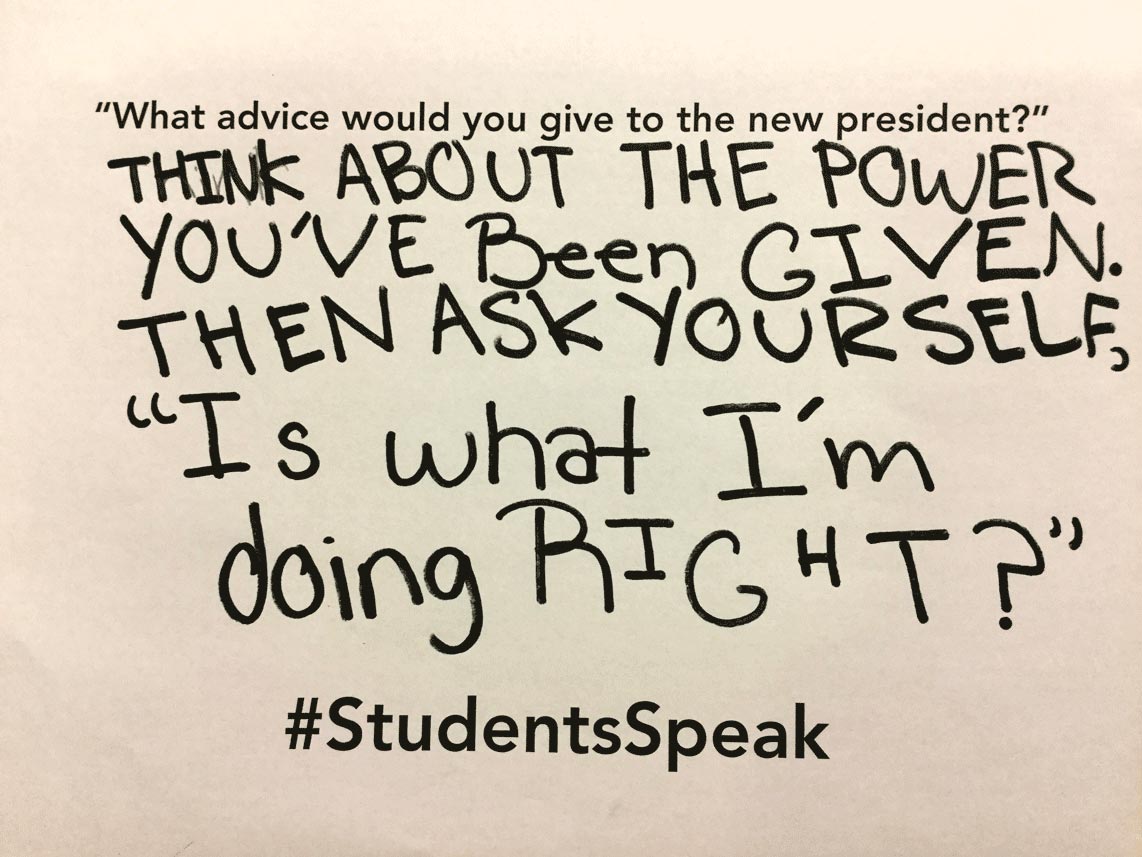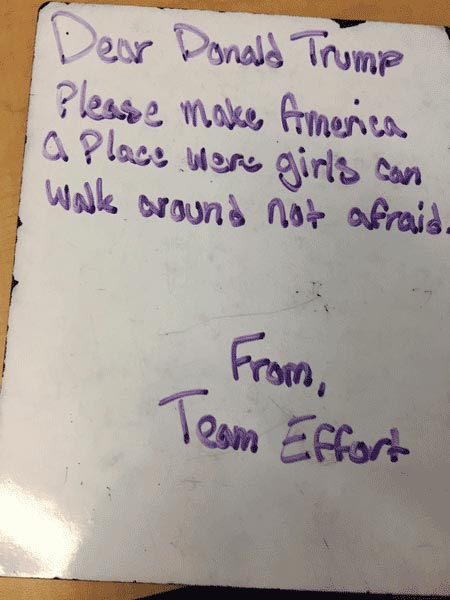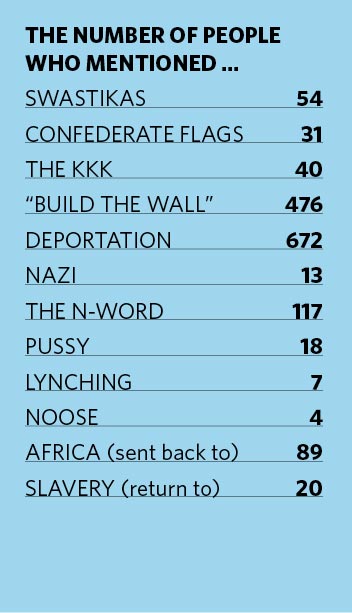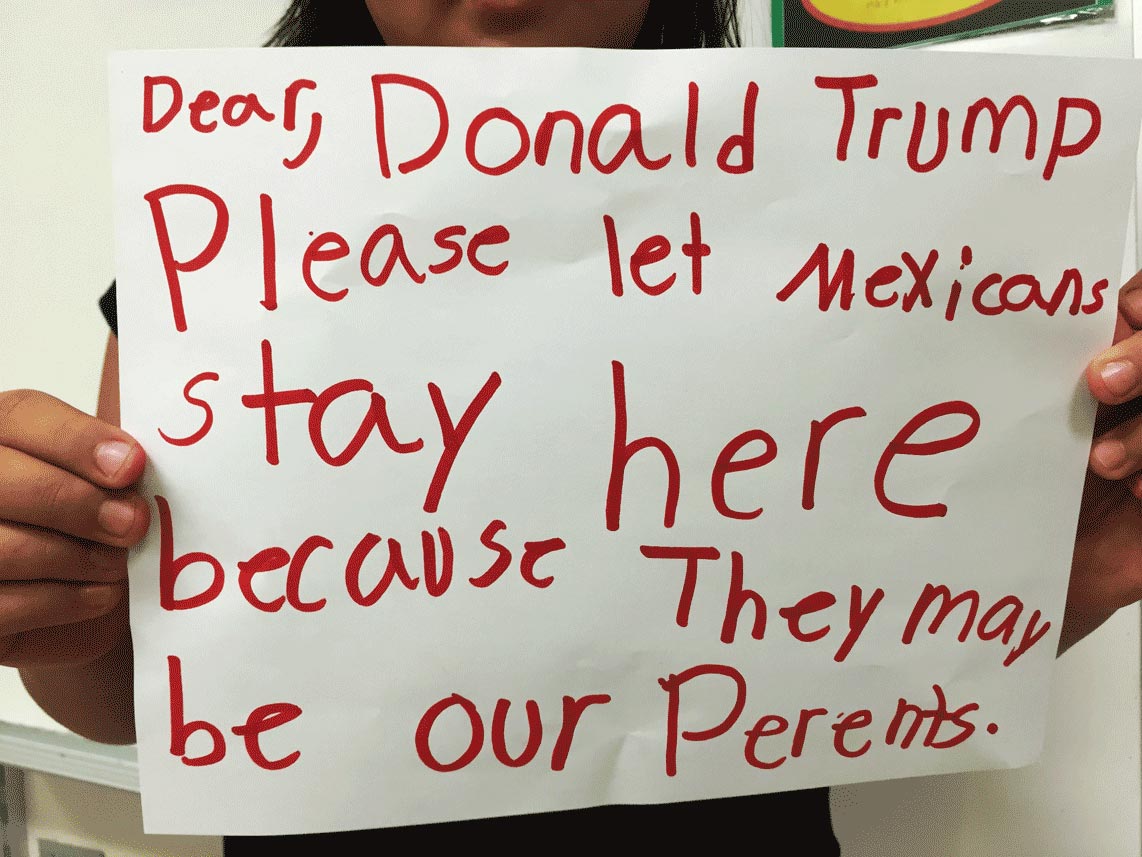"The Cartel has created a vast array of
think tanks and advocacy organizations
to distribute questionable and deeply flawed
research studies to confirm that corporate
and virtual charters, vouchers, and non-certified
teachers are the best approaches to
educating low-income students of color."
BlackCommentator.com Columnist, Dr. Walter C. Farrell, Jr., PhD, MSPH, is a Fellow of the National Education Policy Center (NEPC)
at the University of Colorado-Boulder and has written widely on
vouchers, charter schools, and public school privatization. He has
served as Professor of Social Work at the University of North Carolina
at Chapel Hill and as Professor of Educational Policy and Community
Studies at the University of Wisconsin-Milwaukee. Contact Dr. Farrell.
Public sector stakeholders (teachers, unions, and ordinary citizens) are on the precipice of a public education Armageddon. On January 20, 2017, the nation’s system of public education is likely to begin descending into a public education free zone. President-Elect Donald J. Trump has stated that he will ramp up and facilitate the efforts of the corporate education reform Cartel to privatize public schools. To underscore his commitment to this endeavor, he has placed one of the Cartel’s most prominent and aggressive members, billionaire Betsy DeVos, at the helm of the U.S. Department of Education (USDOE).
Public sector stakeholders (teachers, unions, and ordinary citizens) are on the precipice of a public education Armageddon. On January 20, 2017, the nation’s system of public education is likely to begin descending into a public education free zone. President-Elect Donald J. Trump has stated that he will ramp up and facilitate the efforts of the corporate education reform Cartel to privatize public schools. To underscore his commitment to this endeavor, he has placed one of the Cartel’s most prominent and aggressive members, billionaire Betsy DeVos, at the helm of the U.S. Department of Education (USDOE).
She
and the Cartel have also established and funded an interlocking
network of majority and minority civic leaders, grassroots groups,
corporate executives, professional athletes, entertainers, former and
current school board members, superintendents, political bosses,
governors, state and federal legislators, and every U.S. president
since Ronald Reagan. DeVos’s approach has been bipartisan with
deep tentacles among both Democrats and Republicans.
This
reality is at the core of public education supporters’
conflicts as to how to combat this assault on K-12 public education.
As noted in previous columns, they cannot decide whether cooperation
or opposition is the best option to save public education and the
public sector. As a result, teachers, unions, elected officials, and
others have been unable to come up with a coherent and focused set of
initiatives to win the battle for K-12 public schools.
While
these difference of opinion persist among public education
stakeholders, the corporate education reform Cartel has
systematically employed a military-style offensive on the foundations
of private- and public-sector unions: co-opting and/or developing
Democratic legislators and leaders who traditionally sustained and
advanced the public sector; legislative redistricting which
facilitated Republican takeovers of state legislatures and the U.S.
Congress; writing and passing state and federal legislation promoting
public school privatization; dismantling collective bargaining
agreements (CBAs); and forming sixty-five Cartel think tanks, from
coast to coast, that produce a steady stream of questionable and
exaggerated research findings to affirm the success of public school
privatization.
Starting
in the 1980s, the Cartel identified minority and majority
politicians, clergy, and local leaders and contributed to their
campaigns and 501c3 non-profits. Included in this group are former
Baltimore Mayor Kurt Schmoke; South Carolina legislator, U.S.
Congressman, and now U.S. Sen. Tim Scott; former Illinois state
senator, U.S. Senator, and now two-term President Barack Obama;
recently elected Philadelphia Congressman Dwight Evans; disgraced
Bishop Eddie Long who paid off a $25 million lawsuit after being
accused of sexually abusing under-age boys; Bishop T.D. Jakes, who
has advised Republican and Democratic U.S. presidents for more than
two decades; and numerous others throughout the nation.
The
Cartel has developed its own pipeline, which it constantly
replenishes, to carry out its school privatization agenda. In return
for this largess, these proxies have provided credibility for the
Cartel’s program in their respective ethnic and social class
communities, similar to President-Elect Trump inviting former
professional football players Jim Brown and Ray Lewis and entertainer
Kanye West to confer with him this week at New York City’s
Trump tower. (Confidential sources have stated that Trump plans to
use them and others to promote his corporate education reform plan.)
The
legislative redistricting after the 1990 census found Democrats
asleep at the wheel. Republicans approached black communities in a
number of states and got them to buy-in to packing African Americans
into a few districts thereby increasing their numbers in state
legislatures and in the U.S. House of Representatives. It was nearly
two decades before blacks began to realize that this racial
trade-off, in terms of major reductions in overall Democratic
representation, were not in the overall best interests of African
Americans, that blacks did not need eighty to ninety percent
population density in order to win elections.
Coupled
with the cultivation of their erstwhile Democratic opponents, the
Cartel began proposing legislation to privatize public education (via
vouchers and tuition tax credits) in 1981 as soon as Reagan was
inaugurated as president and in state legislatures. These early
trial balloons burst very quickly, but by 1990, Wisconsin’s
Republican Gov. Tommy Thompson, collaborated with the
Cartel-sponsored Democratic chair of the legislature’s
bicameral Joint Committee on Finance (Sen. Gary George), to pass the
nation’s first publicly-funded private school voucher bill,
since the era of Brown v. Board of Education, for Milwaukee,
the state’s largest school system which was overwhelmingly
populated by low-income African American and Hispanic students,
despite the fact that Democrats controlled both legislative houses.
When
the bill was challenged in the Wisconsin Supreme Court, special
prosecutor Kenneth Starr, who was investigating the Bill
Clinton-Monica Lewinsky scandal, was recruited and paid by the
Bradley Foundation to take a leave from his attempt to indict
President Clinton to defend the voucher bill before the Wisconsin
Supreme Court. (Wisconsin’s Democratic attorney general had
the statutory responsibility to so, but Gov. Thompson did not trust
him to be a strong advocate due to his party affiliation.) Starr
prevailed in this instance although he would later fail in his
prosecution of Bill Clinton. Using Milwaukee as a model, Ohio and
Florida passed voucher bills by 1995, and the Ohio voucher case,
Zelman v. Simmons-Harris, which the U.S. Supreme Court ruled
constitutional in 2002, opened vouchers to the nation if states could
pass the legislation.
However,
the Cartel’s coordinated efforts to eliminate collective
bargaining agreements (CBAs) and union check-off dues, which have
provided public- and private-sector unions the financial resources to
sustain their organizing campaigns and to elect politicians who
support their interests, have taken a substantial hit in recent
years. Beginning in 2010, when Gov. Scott Walker (R-WI) passed Act
10 eliminating CBA for teachers and other public-sector unions,
right-to-work bills are being advanced throughout the country.
Walker’s
victory was quickly followed by Friedrichs v. California Teachers
Association (CTA) where a teacher, Rebecca Friedrichs, was suing
to keep from paying agency dues for representation to CTA although
she had refused to join the union. The case reached the Supreme
Court and was defeated in a 4-4 tie in the wake of Justice Antonin
Scalia’s untimely death. Had he lived, unions’ ability
to collect these dues would have been overturned. Moreover, since
the November 2016 election, right-to-work bills are gaining traction
in New Hampshire, Missouri, Iowa, Minnesota, Illinois, and Kentucky
as Republicans continue to increase their numbers in state
legislatures.
Finally, the Cartel has created a vast array of think tanks and advocacy organizations to distribute questionable and deeply flawed research studies to confirm that corporate and virtual charters, vouchers, and non-certified teachers are the best approaches to educating low-income students of color. Although these results have been repeatedly proven to be false, this information is widely reported by the print (New York Times, Washington Post, Chicago Tribune, Los Angeles times, etc.) and broadcast (MSNBC, CNN, Fox News, etc.) media as if they are accurate. The Cartel is becoming a major purveyor of “fake news.”
Finally, the Cartel has created a vast array of think tanks and advocacy organizations to distribute questionable and deeply flawed research studies to confirm that corporate and virtual charters, vouchers, and non-certified teachers are the best approaches to educating low-income students of color. Although these results have been repeatedly proven to be false, this information is widely reported by the print (New York Times, Washington Post, Chicago Tribune, Los Angeles times, etc.) and broadcast (MSNBC, CNN, Fox News, etc.) media as if they are accurate. The Cartel is becoming a major purveyor of “fake news.”
In addition, it has
promoted parent satisfaction studies, finding that private, voucher,
and charter parents have higher satisfaction levels than those in
public schools. Just last Tuesday in the Wall Street Journal,
Paul Peterson, professor of government at Harvard University, where
he directs the Program on Education Policy and Governance, which has
been underwritten by the Cartel for nearly three decades, reported on
an online survey he conducted and other secondary analyses he
reviewed that showed private and charter school parents are the most
satisfied as if satisfaction, alone, translates into academic
outcomes. Other Cartel-backed researchers at the University of
Arkansas at Fayetteville, Stanford University, and the University of
North Carolina at Chapel Hill have made similar claims about
significant educational outcomes in voucher and charter schools using
the flimsiest data sets.
Public
education supporters will have to overcome the aforementioned
challenges if they hope to forestall a public education Armageddon.










